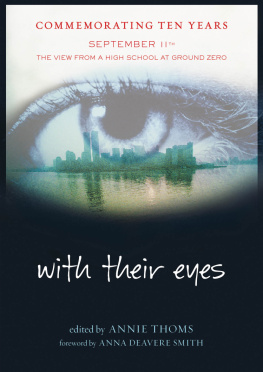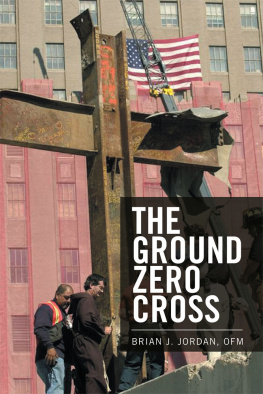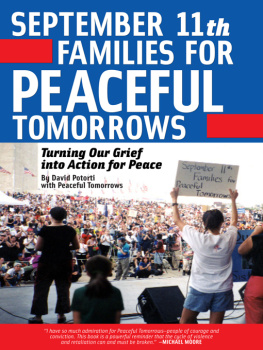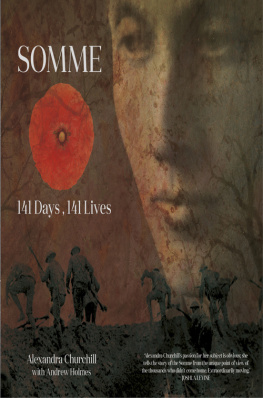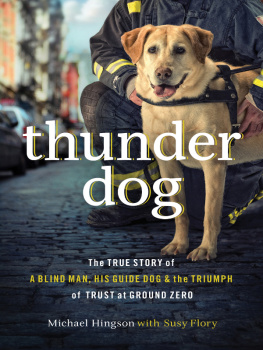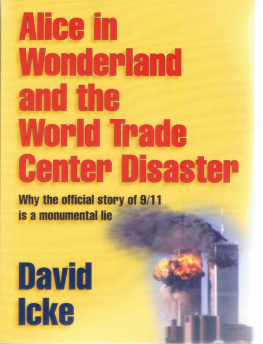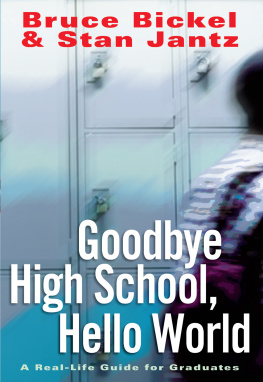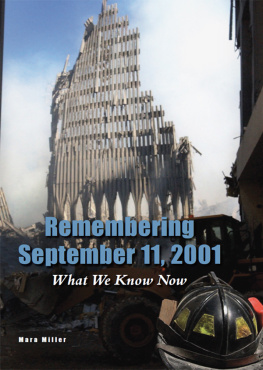Batra Taresh - With their eyes: September 11th, the view from a high school at ground zero
Here you can read online Batra Taresh - With their eyes: September 11th, the view from a high school at ground zero full text of the book (entire story) in english for free. Download pdf and epub, get meaning, cover and reviews about this ebook. City: New York (State);New York, year: 2011, publisher: HarperCollins;Collins, genre: Detective and thriller. Description of the work, (preface) as well as reviews are available. Best literature library LitArk.com created for fans of good reading and offers a wide selection of genres:
Romance novel
Science fiction
Adventure
Detective
Science
History
Home and family
Prose
Art
Politics
Computer
Non-fiction
Religion
Business
Children
Humor
Choose a favorite category and find really read worthwhile books. Enjoy immersion in the world of imagination, feel the emotions of the characters or learn something new for yourself, make an fascinating discovery.
- Book:With their eyes: September 11th, the view from a high school at ground zero
- Author:
- Publisher:HarperCollins;Collins
- Genre:
- Year:2011
- City:New York (State);New York
- Rating:5 / 5
- Favourites:Add to favourites
- Your mark:
- 100
- 1
- 2
- 3
- 4
- 5
With their eyes: September 11th, the view from a high school at ground zero: summary, description and annotation
We offer to read an annotation, description, summary or preface (depends on what the author of the book "With their eyes: September 11th, the view from a high school at ground zero" wrote himself). If you haven't found the necessary information about the book — write in the comments, we will try to find it.
Batra Taresh: author's other books
Who wrote With their eyes: September 11th, the view from a high school at ground zero? Find out the surname, the name of the author of the book and a list of all author's works by series.
With their eyes: September 11th, the view from a high school at ground zero — read online for free the complete book (whole text) full work
Below is the text of the book, divided by pages. System saving the place of the last page read, allows you to conveniently read the book "With their eyes: September 11th, the view from a high school at ground zero" online for free, without having to search again every time where you left off. Put a bookmark, and you can go to the page where you finished reading at any time.
Font size:
Interval:
Bookmark:
 SEPTEMBER 11TH the view from a high school at ground zero with their eyes edited by
SEPTEMBER 11TH the view from a high school at ground zero with their eyes edited by
ANNIE THOMS Created by
Taresh Batra Anna Belc Marcel Briones Catherine Choy Tim Drinan Ilena George Shanleigh Jalea Lindsay Long-Waldor Liz O'Callahan Chantelle Smith Michael Vogel Carlos Williams Christopher M. Yee photos by ETHAN MOSES 
 For the victims of the September 11th attacks,
For the victims of the September 11th attacks,
their families and friends,
and all those who have suffered in the aftermath. Contents
by Catherine Choy BAG MAN Max Willens
by Tim Drinan GOLDEN STATE Rene Levine
by Carlos Williams BIG KIDS Aleiya Gafar
by Shanleigh Jalea SPECIAL Matt Polazzo
by Shanleigh Jalea TURNING POINT Anonymous Female Dining Hall Worker
by Chantelle Smith THIS TIME Rene Levine
by Carlos Williams PRECIOUS CARGO Katherine Fletcher
by Anna Belc FACING NORTH Hudson Williams-Eynon
by Liz OCallahan SLIDE SHOW Juan Carlos Lopez
by Marcel Briones EVERYBODY WAS A FRESHMAN Katie Berringer
by Taresh Batra HEARTLESS Kevin Zhang
by Christopher M. Yee YOU NEED HOPE Hector Perez and Haydee Sanabria
by Marcel Briones A VERY INTRIGUING TRAIN Eddie Kalletta
by Christopher M. Yee
by Anna Belc SAFETY NET Max Willens
by Tim Drinan TENDER LOVIN Owen Cornwall
by Catherine Choy WAKE-UP CALL Eddie Kalletta
by Christopher M. Yee POWERLESS Jukay Hsu
by Shanleigh Jalea I LIVE MY LIFE HERE Anonymous Male Custodian
by Chantelle Smith WHAT MATTERS Tony Qian
by Tim Drinan WE RUN DIS SCHOOL Alejandro Torres Hernandez
by Carlos Williams AMAZINGLY RESILIENT Jennifer Suri
by Catherine Choy FEARING FOR YOUR SAFETY Mohammad Haque
by Taresh Batra MISSING WINGS Kerneth Levigion
by Liz OCallahan
They saw what I could not see. While they were witnessing this history firsthand, I was on a runway at La Guardia Airport, seeing it from afar, as a small puff of smoke. Eventually I, like others around the world, would be dependent on the storytelling of othersthe media, or the stories of those who were close enough to see it with their own eyes. Even as I write this, eight months later, many of us are still hearing and learning particulars of that story. Stuyvesant High School is just four blocks from Ground Zero. Under the direction of an English teacher, Annie Thoms, these students did an original and generous thing in the wake of September 11, 2001.
Some went to volunteer for the Red Cross, others took care of their friends, and some tried to give blood. But these students did something more, and something that most of the nation has yet to do, even now, eight months later. They immediately started to create history, and they immediately started to create art. Recording history and making art might not seem like major strokes on a canvas full of great things that were donethe work of the fire department, the police department, Mayor Giuliani, the President, his cabinet, those who helped neighbors, strangers, those who risked their lives, the journalists who have written stories, the journalists who, for The New York Times for example, committed to telling every story of every person who was killed, those who have given money, and others too numerous to mention. What does it mean, then, that these high school students set out to create art, as I say, and to record history on the cusp of a national emergency, an emergency that rocked the nation, and leaves us, even now, quaking? One of the places I visited in the several days immediately following September 11th was the steps of the Metropolitan Museum of Art. I stopped several people who were entering, and asked what it was they hoped to find in the museum at such a time.
One man told me that art has survived war, famine, floods. Art that manages to do so, art that successfully reveals and captures the spirit of its timethe spirit of violence and terror, as well as the spirit of love and celebrationlasts for centuries. And then what about history? We all know the value of history. Histories are being written about the events of September 11th. Journalism itself is, as we know, historys first draft. The great histories, like the great works of art, will be created after much contemplation, some long after all of us who experienced it are deceased.
In fact, the great histories and great works of art will require months, years, decades, centuries of reflection. Whats special about this particular history and this particular art? This particular history is written not just with the eyes, but with the ears and the bodies of these young students. It is critical that they have written this history precisely because it is their history, and a history for their world and their future. We, some of us, who have the authority to speak for many, nonetheless will depend on these teenagers to create the world of the future. How will they bring humanity through its greatest present challenge: the challenge of how to guarantee the survival of the human race through a dramatically fractious time, and a time with enormous technological resources, but very poor human ones? This history, with all its details, all its particulars, is important. A year from now, ten years from now, the particulars will be erased.
It is the erasure of particulars that has, in fact, fostered the kind of coarse segmentation of societies that we have. It is the erasure of particulars that causes us to look at the world in black and white. The very fact that these students were asked to listen for particulars is a first step to making the world a more habitable place. My generation has created a world where we are rewarded for talk. Look at television any hour of the day and you will see a parade of talk, because talk, you see, is cheaper for television producers to make than fiction. Very little in our society celebrates listening.
That these students, with the aid of their teacher and their tape recorders, were required, ultimately, to listen to this talk with all its unfinished sentences, its uhs, ums, and you knows, is already an advance. Could it be that a first step is to create a generation of listeners? You who are reading may be tempted to skip over those uhs and ums to get to the point. Know that when you do that, you miss the point. The point is that each individual has a particular story to tell, and the story is more than words: the story is its rhythms and its breaths. Notice how articulate everyone becomes when we give our attention to much more than the point. Listen to the words of a freshman, Katie Berringer, as she describes what it was like to go to another school while Stuyvesant was being restored: It was kinda like everybody was a freshman.
And indeed, in those days, all of us New Yorkers, whether we were stuck at airports, required to walk miles home from work, smelling that smell that permeated the air for weeks, or reflecting suddenly on our mortality, both individual and nationaleverybody was, as this young student says in her own particularly eloquent way, a freshman. This book is a blueprint. What these students ultimately did was to make a play in which they played the parts of these individual speakers. They were compelled, then, to empathize with these individuals, to put themselves in another persons words the way, in the past, we have thought metaphorically of putting ourselves in other peoples shoes. Could it be that a first step is to create a generation of leaders who can empathize? Could it be that empathy can even serve as a defense against that which could harm us? Keep your enemies as close as your friends, they used to say. Could it be that we should pour resources into creating laboratories where we learn about human communication with the same seriousness that we study fiber-optic communication? So, these acting, linguistic historians at Stuyvesant High, a high school perhaps much like any other high school in 2002 where youngsters can stay within their safety zones, dared to wear and learn and embody the words of othersfellow students, their teachers, the staff.
Next pageFont size:
Interval:
Bookmark:
Similar books «With their eyes: September 11th, the view from a high school at ground zero»
Look at similar books to With their eyes: September 11th, the view from a high school at ground zero. We have selected literature similar in name and meaning in the hope of providing readers with more options to find new, interesting, not yet read works.
Discussion, reviews of the book With their eyes: September 11th, the view from a high school at ground zero and just readers' own opinions. Leave your comments, write what you think about the work, its meaning or the main characters. Specify what exactly you liked and what you didn't like, and why you think so.

